
Christiane Hörbiger was an Austrian stage, film, and television actress. Her first major film role was Mary Vetsera in Kronprinz Rudolfs letzte Liebe in 1955. She appeared on the stage of the Burgtheater as Recha in Lessing's Nathan der Weise in 1959, became a member of Theater Heidelberg and later Schauspielhaus Zürich. From 1969 to 1972, she portrayed Die Buhlschaft in Hofmannsthal's Jedermann at the Salzburg Festival.

The Burgtheater, originally known as K.K. Theater an der Burg, then until 1918 as the K.K. Hofburgtheater, is the national theater of Austria in Vienna. It is the most important German-language theater and one of the most important theatres in the world. The Burgtheater was opened in 1741 and has become known as "die Burg" by the Viennese population; its theater company has created a traditional style and speech typical of Burgtheater performances.

Carl Esmond was an Austrian-born American film and stage actor, born in Vienna, Austria-Hungary. Although his age was given as 33 in the passenger list when he arrived in the USA in January 1938, in his naturalization petition his birth year is stated as 1902. His stage names were Willy Eichberger and Charles Esmond and finally Carl Esmond. He trained at Vienna's State Academy of Dramatic Arts, and made his film debut in the operetta The Emperor's Waltz (1933). He was active in the Viennese genre of shallow romantic comedies so popular in the Austria of the interwar period.

Werner Johannes Krauss was a German stage and film actor. Krauss dominated the German stage of the early 20th century. However, his participation in the antisemitic propaganda film Jud Süß and his collaboration with the Nazis made him a controversial figure.
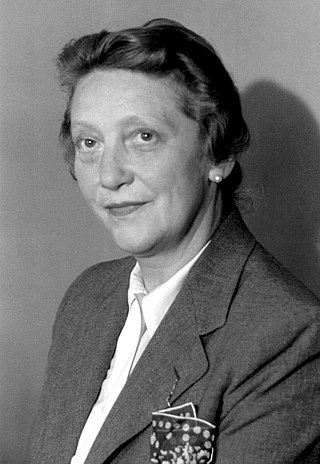
Katharina "Käthe" Dorsch was a German stage and film actor.
Mozart is a 1955 Austrian drama film directed by Karl Hartl and starring Oskar Werner, Johanna Matz and Gertrud Kückelmann. It is also known by the alternative title The Life and Loves of Mozart. It was entered into the 1956 Cannes Film Festival. The plot explores the mental state of Mozart during production of his final opera The Magic Flute. Werner's portrayal of Mozart was unusual for the time in playing him as a cheerful and easygoing young man, reflecting the postwar optimism of the newly restored Austrian Republic.

In Bed by Eight is a 1965 Austrian-West German black-and-white musical comedy film directed by Werner Jacobs and starring Peter Alexander, Gitte Hænning and Ingeborg Schöner.
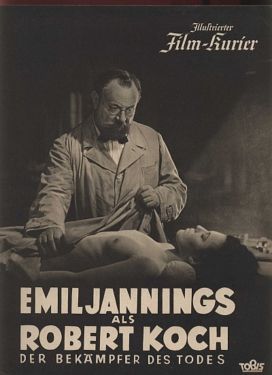
Robert Koch is a 1939 Nazi propaganda film directed by Hans Steinhoff and starring Emil Jannings, Werner Krauss and Viktoria von Ballasko. The film was a biopic of the German pioneering microbiologist Robert Koch (1843–1910). It was shot at the Johannisthal Studios in Berlin and premiered at the city's Ufa-Palast am Zoo. The film was made by the Tobis Film company, and was also distributed in the United States by the largest German studio UFA.
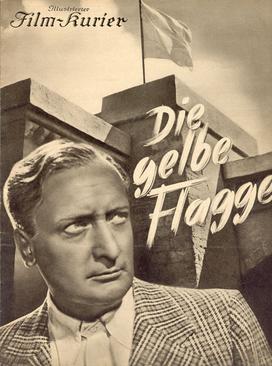
The Yellow Flag is a 1937 German drama film directed by Gerhard Lamprecht and starring Hans Albers, Olga Chekhova and Dorothea Wieck. It was shot at the Babelsberg Studios in Berlin. The film's sets were designed by the art director Ludwig Reiber. Location filming took place in Yugoslavia.

Last Stop is a 1935 German romantic comedy film directed by E. W. Emo and starring Paul Hörbiger, Hans Moser, and Josefine Dora. It was filmed and set in Vienna.
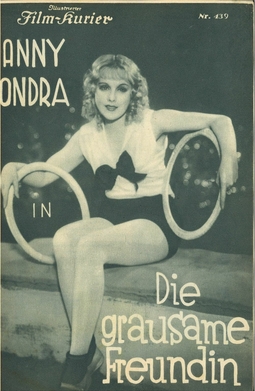
The Cruel Mistress is a 1932 Austrian-German comedy film directed by Carl Lamac and starring Anny Ondra, Fritz Rasp and Lina Woiwode. A separate French-language version Should We Wed Them? was also released. The film's sets were designed by the art directors Otto Erdmann and Hans Sohnle.
Eros in Chains is a 1929 Austrian-German silent drama film directed by Conrad Wiene and starring Emmy Flemmich, Maly Delschaft and Walter Slezak.
Hortense Raky was a German-born Austrian stage actress. She also starred in several films including Willi Forst's Court Theatre in 1936. Partly Jewish, she fled from Austria after the Anschluss of 1938 and settled in Switzerland. She returned to Vienna after the Second World War, but was at one point blacklisted due to her links with the Communist Eastern Bloc. At one point she appeared on stage in East Berlin during this era.

Johannes Kepler is a 1974 East German historical drama film directed by Frank Vogel and starring Reimar J. Baur, Trude Bechmann and Kurt Böwe. It is a biopic of the German astronomer and mathematician Johannes Kepler.
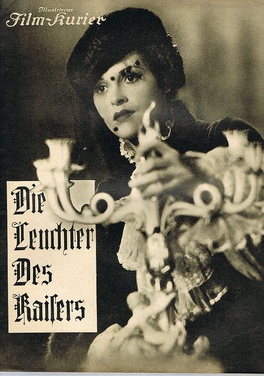
The Emperor's Candlesticks is a 1936 Austrian historical adventure film directed by Karl Hartl and starring Sybille Schmitz, Karl Ludwig Diehl and Friedl Czepa. It is an adaptation of Baroness Orczy's 1899 novel The Emperor's Candlesticks. A Hollywood film version of the story The Emperor's Candlesticks was released the following year.
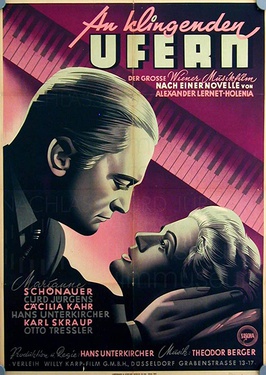
On Resonant Shores is a 1948 Austrian drama film directed by Hans Unterkircher and starring Marianne Schönauer, Curd Jürgens and Otto Tressler. The screenplay was by Alexander Lernet-Holenia who also wrote a novella based on the story. It was shot on location in the Austrian state of Carinthia including at Gurk Cathedral and around Lake Ossiach. The film's sets were designed by the art director Ernst Rampak. It was praised by Austrian film critics.

The Heart Must Be Silent is a 1944 German drama film directed by Gustav Ucicky and starring Paula Wessely, Mathias Wieman and Werner Hinz. It was produced by Wien Film in the Austrian capital of Vienna, which had been part of Greater Germany since the Anschluss of 1938. It was given further release by West German distributor Deutsche London Film in 1950.
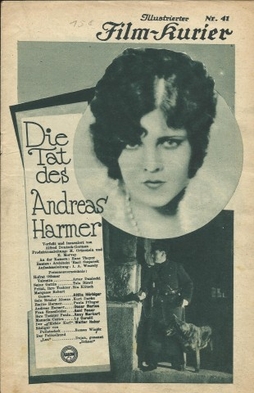
The Deed of Andreas Harmer is a 1930 Austrian silent crime film directed by Alfred Deutsch-German and starring Oskar Marion, Tala Birell and Attila Hörbiger. The film's sets were designed by the art director Emil Stepanek.

The Schimeck Family is a 1957 Austrian comedy film directed by Georg Jacoby and starring Theo Lingen, Fita Benkhoff and Helga Neuner. The film's sets were designed by the art director Leo Metzenbauer. It is loosely based on the play of the same title by Gustaf Kadelburg, which had previously been adapted into a 1935 German film The Schimeck Family.

Our Emperor is a 1933 Austria period comedy film directed by Jacob Fleck and Luise Fleck and starring Karl Ehmann, Alfred Neugebauer and Susi Lanner. It takes place during the reign of Franz Joseph I of Austria. Location shooting took place in Bad Ischl and at the Burgtheater and Lainzer Tiergarten in Vienna.

















